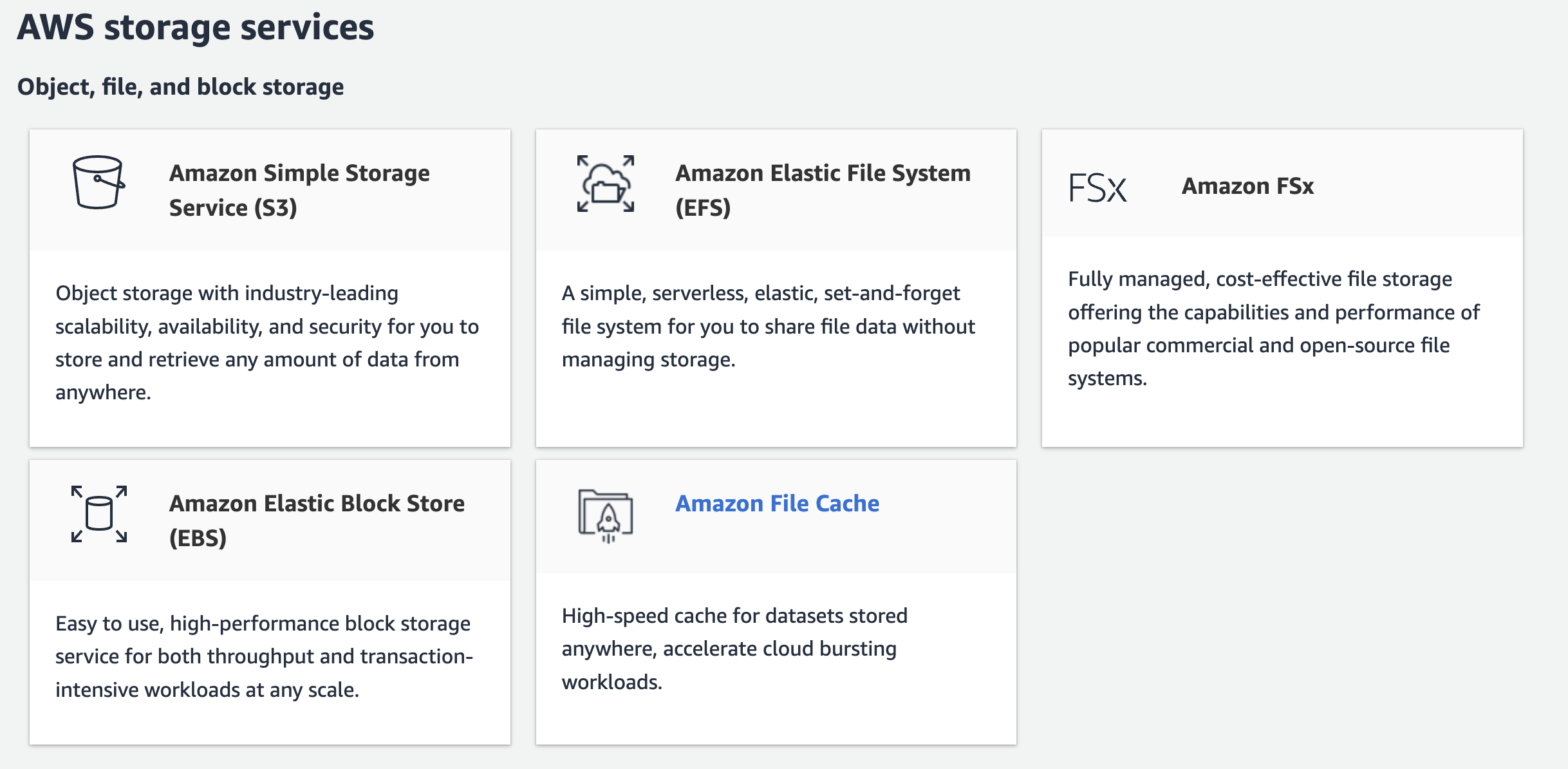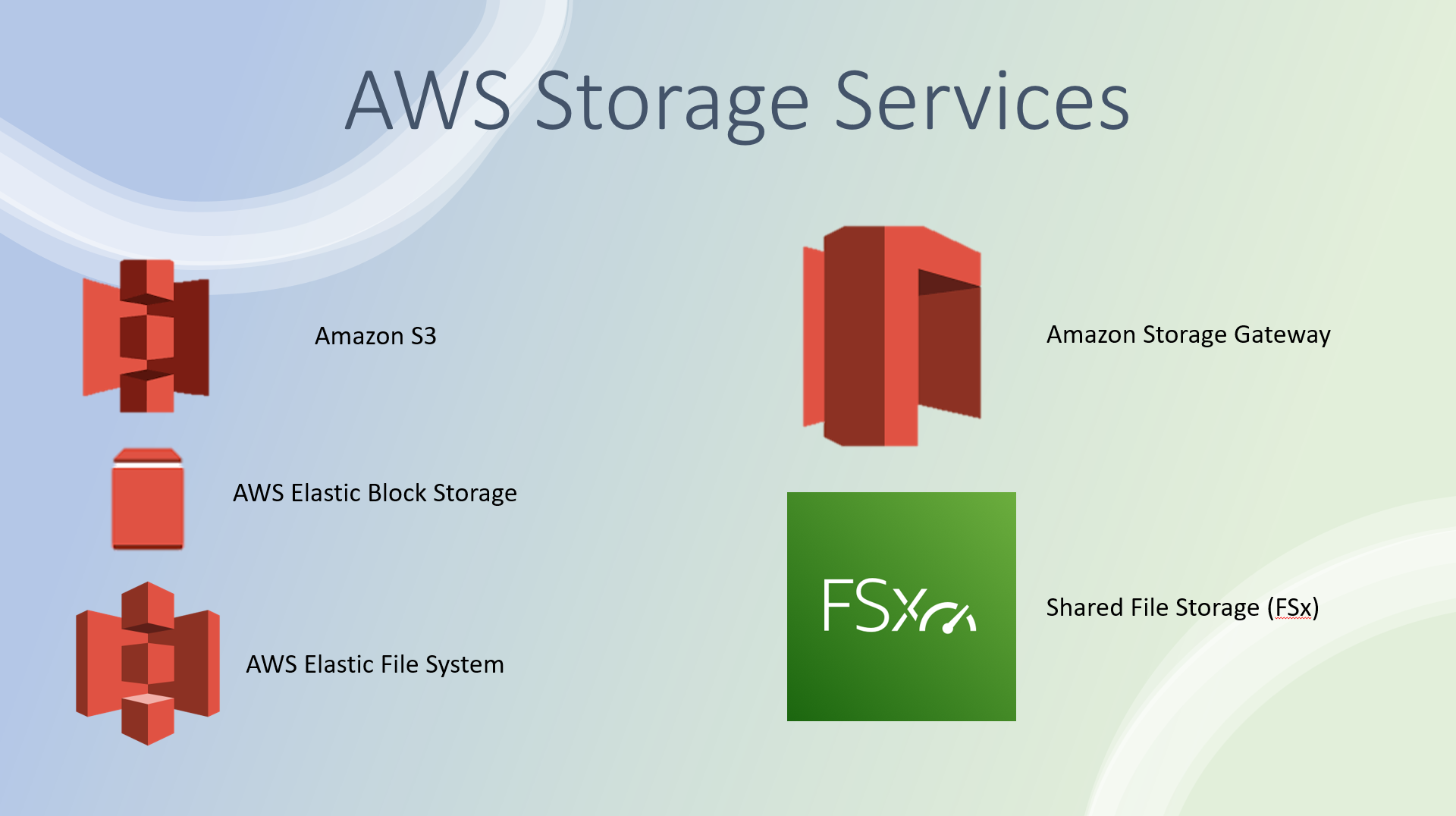Introduction to AWS Storage services
AWS Concepts

Amar Suchak
Software Engineer, Microsoft
Storage vs. Databases
Storage
- Keep data safe and accessible
- Backups, large files, documents
- Disaster recovery and archiving

Databases
- Organizing and querying structured data

Storage services

Understanding storage types
Active Storage (Direct Storage)
- Like your recent emails, readily accessible
- Ideal for day-to-day operations
- AWS S3: designed for ease of access and management
- Object storage service
- Used for storing and retrieving any amount of data, anytime, from anywhere
- Can get pricey

Archival Storage
- Like old emails, accessed infrequently
- Ideal for long-term data retention
- AWS Glacier: cost-effective for long-term storage
- Used for data archiving and long-term backup
- Long-term, low-cost, and secure cloud storage service

Diving into S3
- S3 stands for Simple Storage Service
- Highly scalable, durable, and secure
- Wide variety of use cases like website hosting, data backup, and content distribution

Storage classes
S3 Standard:
- Frequently accessed data
- Low latency, high throughput
- Content distribution and dynamic websites
S3 Intelligent-Tiering:
- Moves data between frequent and infrequent access tiers
- Optimizes storage costs
S3 Standard-IA (Infrequent Access):
- Less frequently accessed data, but still needs rapid access
- Backups and disaster recovery
S3 Glacier and S3 Glacier Deep Archive:
- Long-term archival of rarely accessed data
Other storage services

Let's practice!
AWS Concepts

